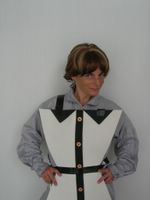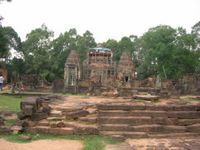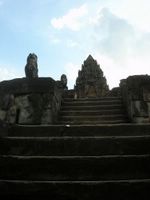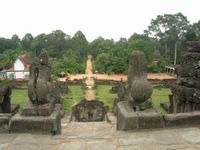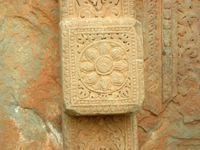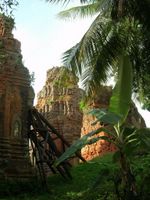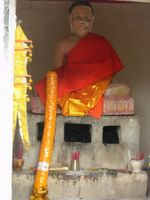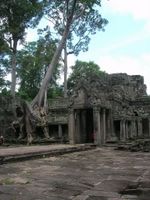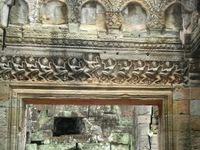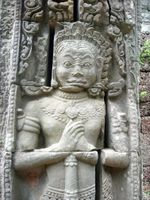
Okay time for a quick lighthearted break from Everything Angkor. Recently we took a trip to a province several hours west of Bangkok called Kanchanaburi. It's home to the River Kwai and it's also a gorgeous area of jungle-y mountains. We took a two hour public bus one afternoon to a famous seven tiered waterfall ... about 15 minutes into it I had to wee like a racehorse and made the bus ... the public bus ... stop for me. I was desparate.
Here I am racing back from the random roadside restaurant I invaded while everyone sits and waits patiently on the bus. You would think all the times my parents refused to stop for the bathroom on our US95 two day roadtrips as a kid I might have developed some kind of Bladder of Steel. But I didn't.



